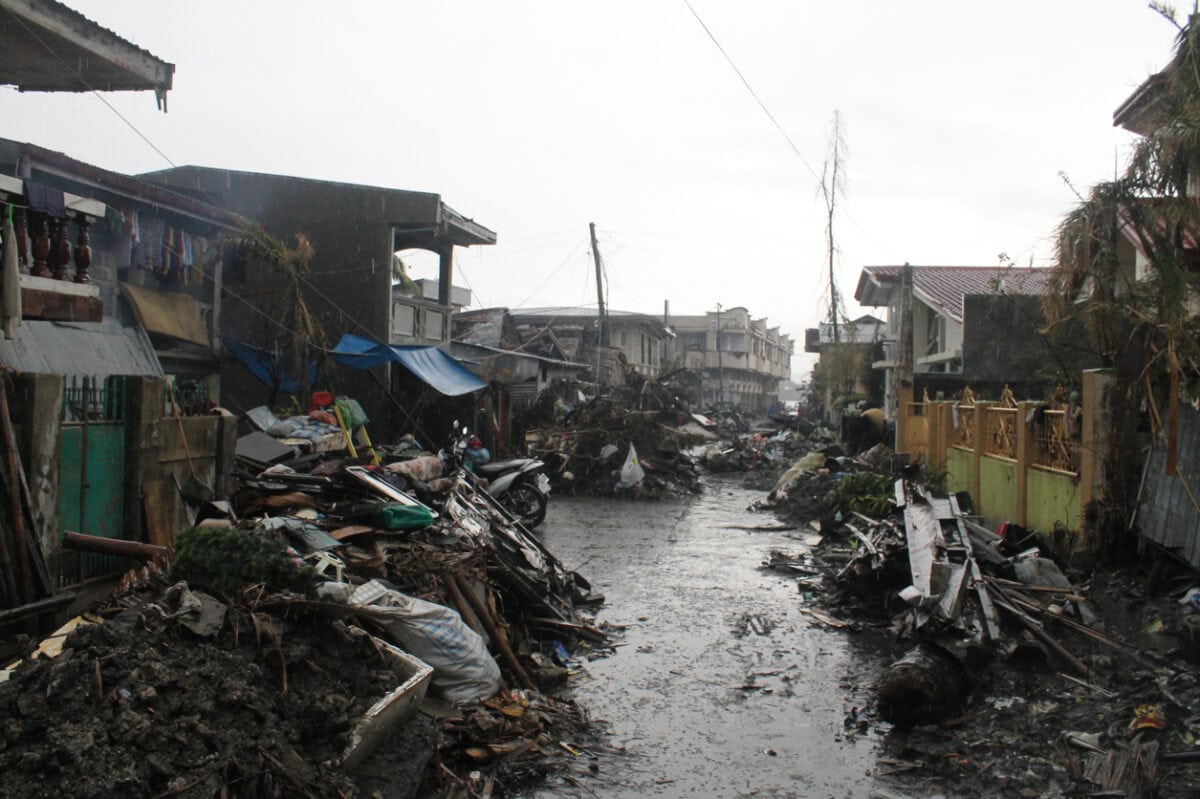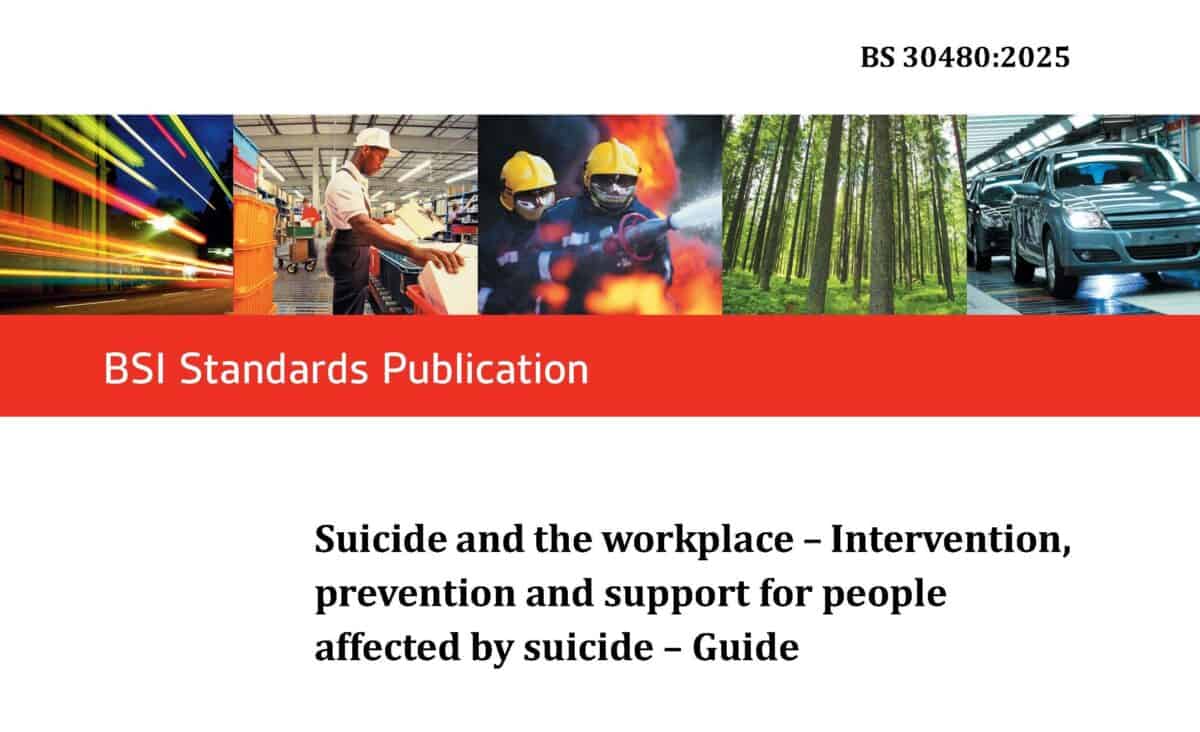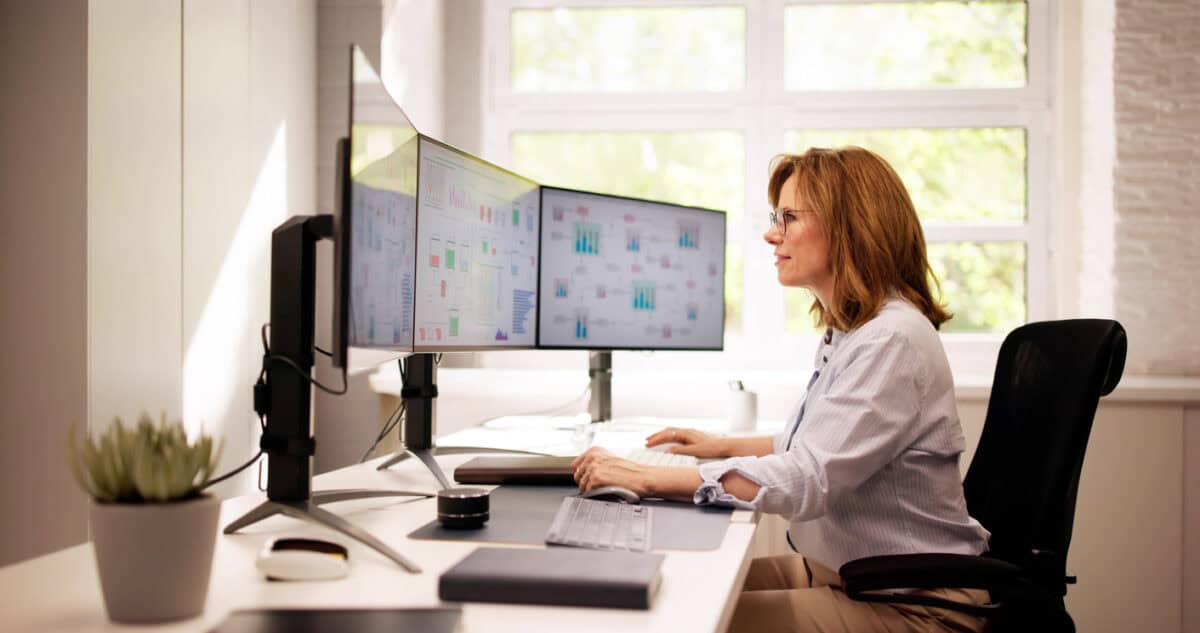The media is providing extensive coverage of the 50th anniversary of the dismissal of the Whitlam government on 11 November 1975. Shortly before that date, Australia came within a whisker of mirroring New Zealand and gaining a national no-fault accident compensation scheme.
This would have provided:
“.a national rehabilitation and compensation scheme for Australia so that all who suffer disabling injuries, whether at home or at work, are provided with adequate income cover.”
Below is an article I wrote about this missed opportunity in October 2014 shortly after Whitlam’s death.







